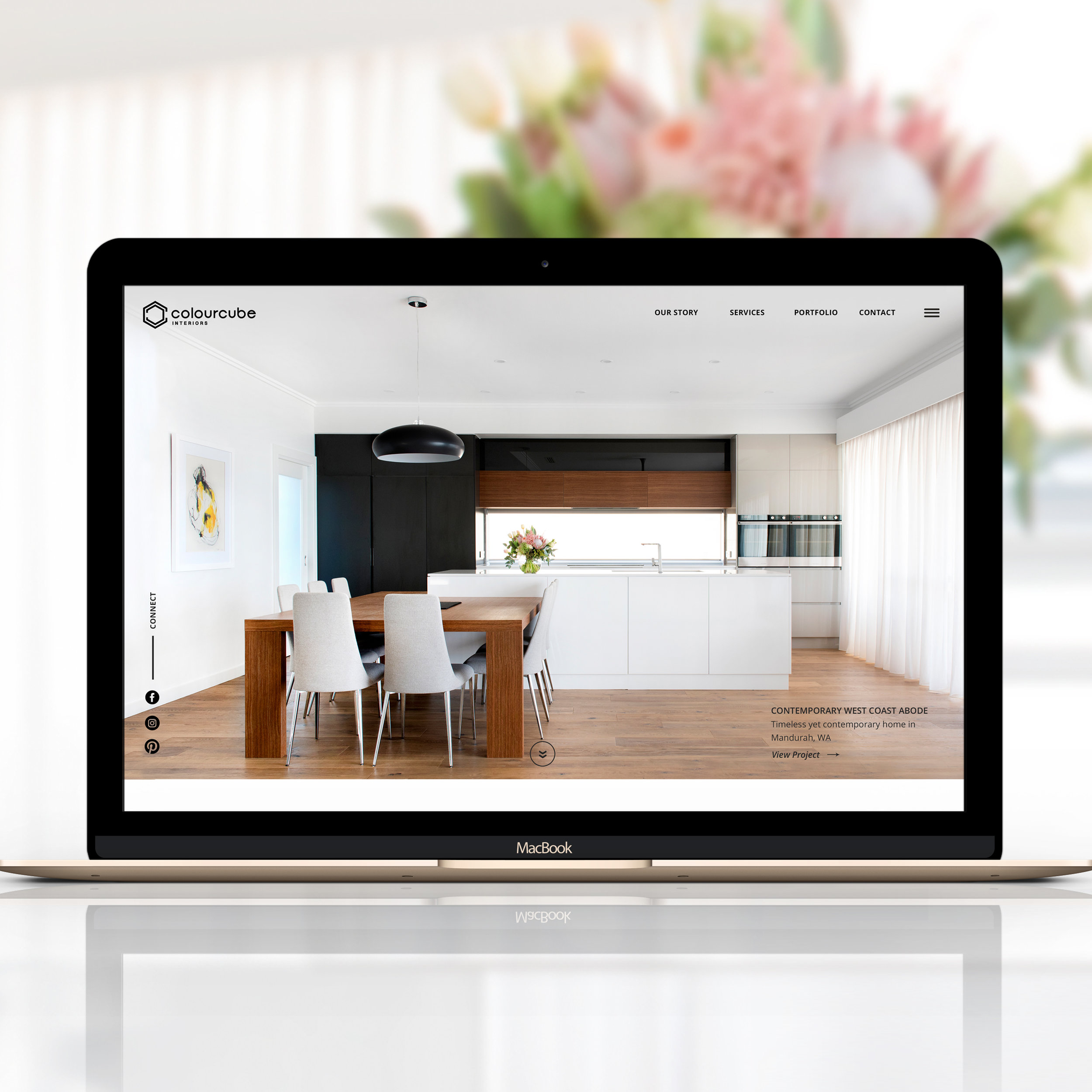Something I learned from working with designers and creative businesses is that many of them usually share similar challenges marketing their business. In this post today I’m bringing five common challenges shared by many clients and industry professionals.
Challenge 1 / Finding Your Uniqueness
One of the biggest problems in the design industry is the over-saturation. There are so many designers out there that makes it really hard to get noticed.
People always have the same question about your business: “why should I hire you over thousands of other businesses in your industry?” Having an answer to that question is vital to your business.
Solution: If you want to stand out, find a specialisation
There two simple ways to find what makes you unique and different to everyone else:
- Find a niche – take a look at your clients and see if you can identify anything in common, at least in some of them. It could be the same age range, same interests, same lifestyle, etc. If you offer services to other businesses, see if some of them belong to the same industry. If you find a pattern you can claim a specialisation in a particular niche and focus your marketing efforts on it.
For example, I focus on designers and creative businesses, as many of my clients belong to that industry. Having experience on that particular niche offers an immediate competitive advantage to new clients: they can benefit from the lessons I learned working with other similar businesses.
- Find an area of expertise – As you cannot be an expert for everything narrow your offer to only those services that you know best. This focus will bring clarity to your business, and help you identify the skills you need to develop and master that particular area of expertise.
When I talk about specialisation, many clients get concerned. They think by claiming a specialisation they may lose business opportunities. Specialising yourself doesn’t mean that you wont be able to provide other services or work with other industries, but it will help you stand out in this over-saturated market.
In this other post I explain how offering a wide range of services was one of my own first mistakes and specialisation was one of the lessons learnt from my first year in business.
Challenge 2 / Finding New Clients
Another common struggle for many small businesses is finding new clients. Again the market oversaturation makes it difficult for many new businesses to build a portfolio of clients. Tight start-up budgets makes it hard to invest in marketing and advertising which also minimises the opportunities to gain new clients.
Solution 1: get new leads by word of mouth
Family and friends can help promote your business by word of mouth. Also target your local community, small businesses like supporting each other. And above all leverage your existing clients.
Finding a new client is the result of many hours of work, communication efforts and meetings with prospects. It’s easier to sell a new product/service to an existing client than find a new one. Focus on giving your clients the best possible service, as chances are that they will use your services again in future or even refer some new business to you.
In this other post I explain how building relationships can help grow your business.
Solution 2: Share information and help others
Many of those who use Internet everyday are looking for answers to resolve a problem. Sharing your knowhow through your website or blog can help others resolve problems and help you build relationships with potential clients, while positioning yourself as an expert in that particular area.
Having a blog, writing a free ebook, creating video tutorials or offering free e-courses are different ways to share your knowledge with others in the Internet.
In this other post I share some useful tips to treat your blog as a business and make it profitable.
Challenge 3 / Keeping the cash flowing
Many small businesses constantly go from very busy to very quiet times. Unfortunately money stops coming during those quiet times and you never know when it will start coming back again.
Relying on selling only customised services to clients can be a risky strategy for a small business. Situations like not being able to find enough clients to support your business, losing some clients or needing some time off could have a negative impact in your cash flow.
Solution: Diversify your offer
If you find a niche, explore every business opportunity within it. Find other needs that this niche may have and that can be complimented with products.
Sell products, not just services. Those products can be physical or digital goods (i.e. anything downloadable), courses or subscriptions.
For example, I support my business by selling different types of digital products in third party websites. In periods of low activity I focus on producing new designs to add my catalogue.
Challenge 4 / Publishing Your Pricing
When someone looks for a design professional the first question in their minds is “how much is it going to cost me?” If you don’t have pricing in your website, many people might assume your price range is above the average.
However, quoting design services is a complex exercise that needs to take many different things into consideration. Every project has different specifications that need to be discussed with the client before you can quote their jobs.
On the other hand, charging your clients on an hourly basis can end up being unfair for the client. Experienced designers can come up with ideas quicker and can complete a job faster than a junior designer. Even if the hourly rate of a junior designer is cheaper you could end up paying more for their services.
Solution: package your services
Packaging your services as if they were products will allow you to set a fixed price. You can always re-calculate the price of any project that requires some extras or add-ons but at least the client gets an idea of how much your services can cost. It will also save you time quoting jobs and replying enquiries about your rates.
Challenge 5 / Being Over Capacity
This might actually be something very positive for a small business. The problem is that if you don’t have a team to support you in busy periods, you may struggle to keep up with everything on your plate.
How to manage several projects at the same time, look after existing clients, promote your own business and find new clients without losing your sanity? The answer might be ‘outsourcing’, but before thinking of hiring some extra help you can try something else more cost-effective.
Solution: build production processes
Organise your job in steps that can be repeated in every project. To do this, you can use the quiet periods to create templates of proposals, emails, etc that you can customise quickly for every new client. This way when you are overcapacity, you can save time in managing clients and projects to spend some more in providing a good service.
This other post by Lauren Hooker of Elle and Co. explains how to use 17Hats to organise your process and client workflow.
Here is also another interesting reading found in Mighty Deals blog with six ideas for increasing your customers to your design services.
Surely, these are not the only challenges that designers and creative business have to face, or the only solutions to the problems above, so feel free to contribute! Leave a comment and share any particular challenge that you face or/and any solution that you came up with for them.




















